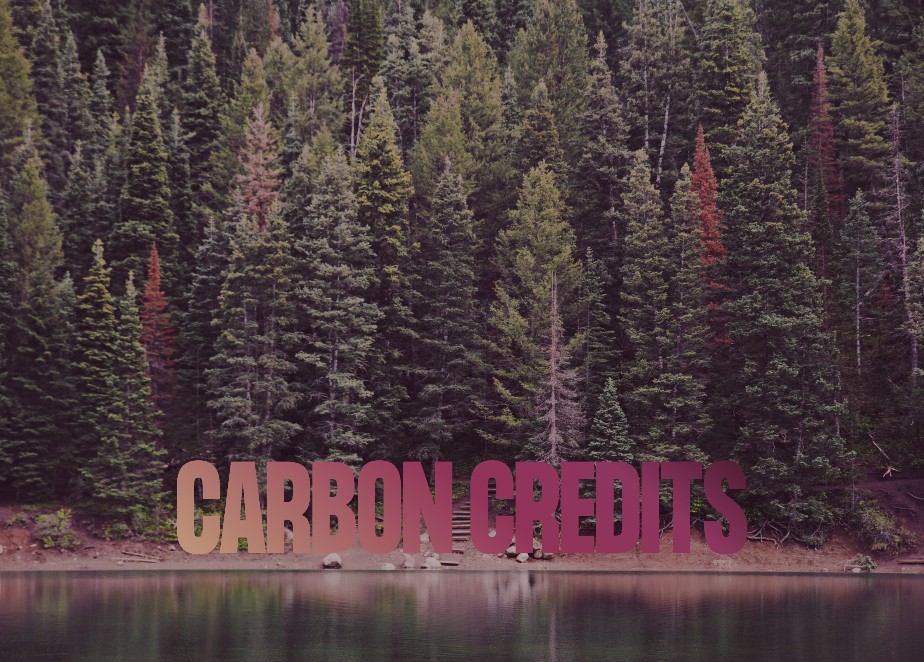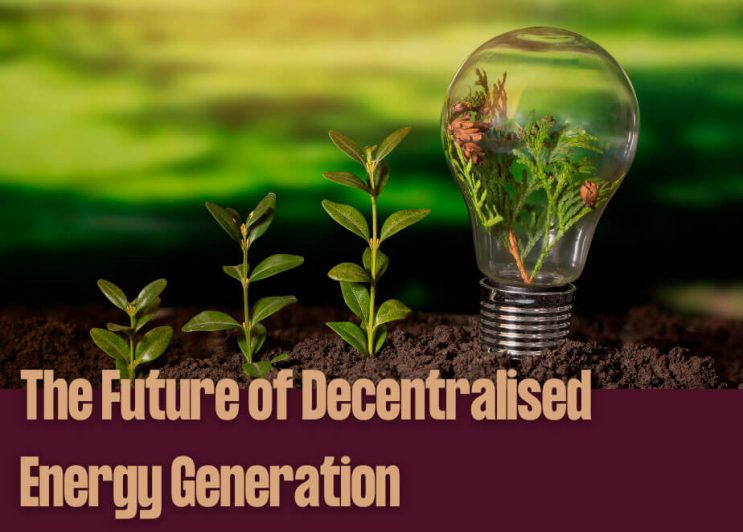Carbon Credits :
The Good, the bad and the ugly.

Carbon credits, carbon offsets and carbon markets are terms that many of us will now be familiar with. But how do they work in practice, and do they genuinely result in a net reduction of greenhouse gases going into the atmosphere?
What are carbon credits?
International carbon trading markets have been around since the 1997 Kyoto Protocol, which committed industrialised countries and economies to limit and reduce greenhouse gas emissions in accordance with agreed individual targets. Carbon markets turn carbon dioxide emissions into a commodity by giving them a price. One carbon credit represents one metric tonne of carbon dioxide. To give a sense of scale, that’s roughly the amount of carbon dioxide generated per passenger on a return flight from Paris to New York.
Carbon credits are issued by governments based on their own emissions reduction targets. Regulators set a limit on carbon emissions, which is generally known as the cap. Companies are issued a certain number of carbon credits each year by the regulator. Those producing fewer emissions than the credits they’ve been allocated can sell their excess credits into the regulated market. Companies producing more emissions than their allocated credits can then buy more credits from the marketplace to cover those emissions. Perhaps the most widely reported example of a company benefitting from the sale of excess carbon credits is Tesla Motors. In the first quarter of 2021 Tesla sold $518 million worth of carbon credits to legacy car manufacturers still predominantly making internal combustion engine vehicles.
Over time, the cap slowly decreases. In theory that means businesses either have to make changes to reduce their emissions or pay higher and higher prices to purchase credits. It is what most of us know as a ‘cap and trade’ scheme. The largest example of a regulated cap and trade market is the European Union Emissions Trading System or EU ETS. In the United States, California runs its own cap-and-trade programme, and nine states on the eastern seaboard have formed their own cap-and-trade conglomerate, known as the Regional Greenhouse Gas Initiative.
The market for compliance carbon credits is massive. According to Refinitiv the total global market size grew from about €288 billion in 2020 to €760 billion in 2021.
What are carbon offsets?
Carbon offsets are not the same as carbon credits. They work in a slightly different way. Around the world there are companies and organisations working on projects to draw carbon dioxide back out of the atmosphere. Planting trees is perhaps the best-known example, but there are many different methods of achieving the goal, ranging from land-based technologies like soil regeneration, to ocean-based initiatives like algae cultivation, kelp farms, seagrass meadows and mangrove plantations.
For a carbon removal method to be genuinely effective, apart from the obvious imperative of not having any negative impacts, it also needs to comply with certain criteria. Firstly, it should be verifiable and measurable so that its carbon reduction capacity can be proven. It also needs to be permanent. There is little point in capturing carbon dioxide in a way that then releases it back into the atmosphere at a later date. Perhaps most importantly, it must be additive. In other words, it must be an activity that would not otherwise have taken place. Finally, a scheme should ideally be scalable, and it must of course be affordable.
Voluntary Carbon Markets.
Carbon offsets are not traded in regulated markets. They are sold into a voluntary carbon market. This is an unregulated market and it is not a mandatory requirement to participate in it.
Just like the regulated market, the voluntary market is booming. According to the website carboncredits.com it was estimated to be worth about €400 million in 2021. By 2030 that number is expected to grow to as much as €25 billion. Even at that rate of growth though, the voluntary carbon market still falls well short of the amount of investment required for the world to fully meet the targets set out by the Paris Agreement.
Nevertheless, many companies nowadays, especially those that are ‘consumer facing’, want to demonstrate that they’re doing their part to protect the environment. Carbon offset schemes are ostensibly one way of achieving this. The voluntary carbon market can be divided into three categories of buyer. Two or three percent of the market is made up of leading companies like Microsoft, Amazon, Facebook, and others, who are willing to pay very high prices to support the industry. They have their own in-house teams with a deep knowledge of what makes sense and what doesn’t, and they’re not risk averse, which means they’re willing to back newer technologies.
The next twenty percent of the market is made up of other large reputable corporations who have typically made a net zero commitment, mainly because it’s being demanded by shareholders and customers. Their priority is firstly to look for direct reductions in their own emissions. That’s obviously the best solution for all of us, and those emissions reductions typically bring long term cost savings through reduced energy and materials consumption. But they’re often expensive up front and very difficult to implement in large organisations. To stay on course in the shorter term, those companies buy carbon offsets on the open market. The biggest risk for all of them is reputational. If they back a project that gets exposed as fraudulent or has other problems, like trees dying two years after they were planted for example, or indigenous people being displaced to facilitate the project, then it could blow up in the media and become a big embarrassment for them. So, they look for high quality projects that have been certified and tick all the criteria boxes outlined above. Prices for projects in this sector tend to be between one and two hundred dollars per metric tonne of carbon dioxide captured.
The remaining 75% to 80% of the voluntary carbon market today is populated by companies who are not overly concerned with quality and simply want credits at the lowest possible price. Sadly, the projects they invest in are likely to be the least effective in genuinely reducing carbon emissions, and the system facilitating these offsets is potentially open to abuse, most notably through the manipulation of the ‘additive’ criterion mentioned earlier, where operators create false credits by claiming emissions reductions that would have happened anyway. Third-party validators like the Gold Standard add a level of control to the process, guaranteeing that each carbon offset actually results from real-world emissions reductions, but there is a wide range of quality and a great deal of work is still required to bring an appropriate level of regulation to voluntary markets.
Can individuals buy carbon credits and offsets?
Carbon offset markets are accessible to environmentally conscious individuals who want to offset some or all of the carbon emissions that they are responsible for. However, unless you represent a large corporation, you’re unlikely to be able to purchase a carbon offset directly from the source company. Instead, you will usually buy offsets through a third-party broker, a growing number of which are now appearing online. As with any online transaction however, care must be taken when buying from these companies. Not all offset projects are certified by appropriate third parties, and those that aren’t generally tend to be of poor quality or possibly even fraudulent. So, take some time to vet the various offers available. Look out for ‘greenwashing’ and try to use only reputable carbon credit providers, such as The Gold Standard.

If you’re unsure how big your own personal carbon footprint currently is, then there are several online calculators from organisations like the World Wildlife Fund that provide questionnaires about your daily activities and calculate your annual carbon emissions.
The best mitigation strategy?
Genuine, well vetted carbon offsets can be a good way to mitigate unavoidable emissions from activities such as flying. Ultimately though, the best environmental strategy for all of us is simply to avoid the need for carbon offsets altogether by changing our lifestyles to avoid emissions in the first place. And in the coming years, that is a challenge that will become increasingly important for each one of us to address.
Strathsquare is a seed stage project initiator that provides required resources to entrepreneurs and innovators. We are driven by a sense of urgency to transition away from unsustainable technologies and processes, we believe that what we do should have a genuinely positive impact on society and our environment.
If you have an innovative idea
We are committed to supporting innovators who have the potential to make businesses more sustainable and for all.


